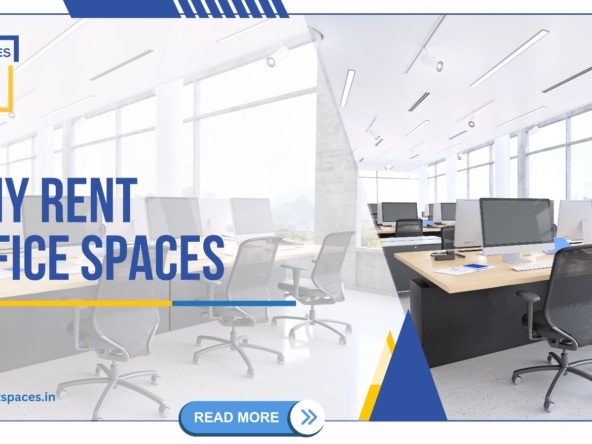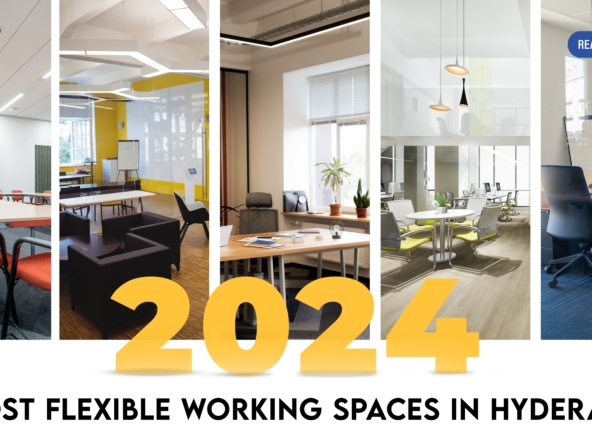The way that several generations perceive the same workspace is one of the major problems for HR departments and designers. We are entering a time when the workplace must accommodate baby boomers, Generation X, Generation Y, sometimes known as Millennials, and now Generation Z—the smartphone generation—as the retirement age creeps up and new start-ups simultaneously compete with established enterprises.
Each of these groups has an own conception of what labour entails. Social media natives that make up Generation Z have high expectations for connectivity. A significant problem is getting them to switch from peer-to-peer chat systems and promote face-to-face offline encounters. However, the generation gap seems to be overstated.
According to research, intergenerational rivalry at work is overstated because the requirements of generational cohorts are far more similar than their differences.
Everyone wants a healthier workplace, less noise and distraction, more rewarding work, and a better mix or blur between work and life, regardless of age or expectations.
A change will be underway by 2028. New working norms will start to be implemented by real estate developers like Workspace, led by extensive data gathered on staff working habits. Flexible working and technological trends, which are currently being driven by creative enterprises, will start to spread to the rest of the workforce.
Readers of Club Workspace, picture entering your coworking space and quickly adjusting your user preferences from “private” to “visible.” Your phone or glasses will immediately display information about your surroundings. Other people present? Who has recently visited? What do they find interesting? Anybody looking for a client or partner? Is your preferred chair available?
Although individuals could choose which of their activities are recorded, this could be perceived as an intrusive, dystopian vision. Making that information accessible to all is how to democratise it. Additionally, it represents a progression of the already existing blending of the physical and digital worlds; those who can figure out how to effectively capitalise on this trend will undoubtedly be onto something.
This will close the gap between hierarchies and capabilities that everyone at work has been quietly hoping for, and it will bring about the change that everyone has been quietly, dormantly hoping for.



